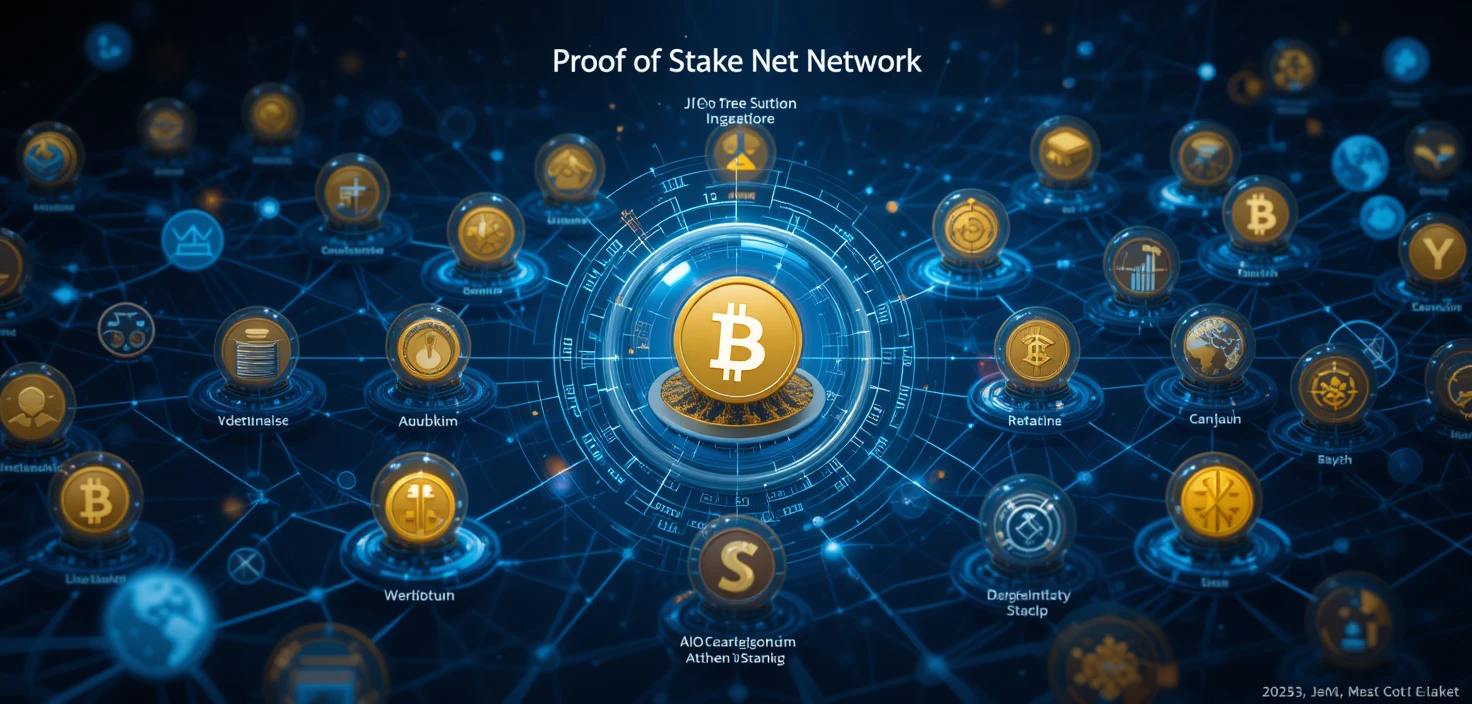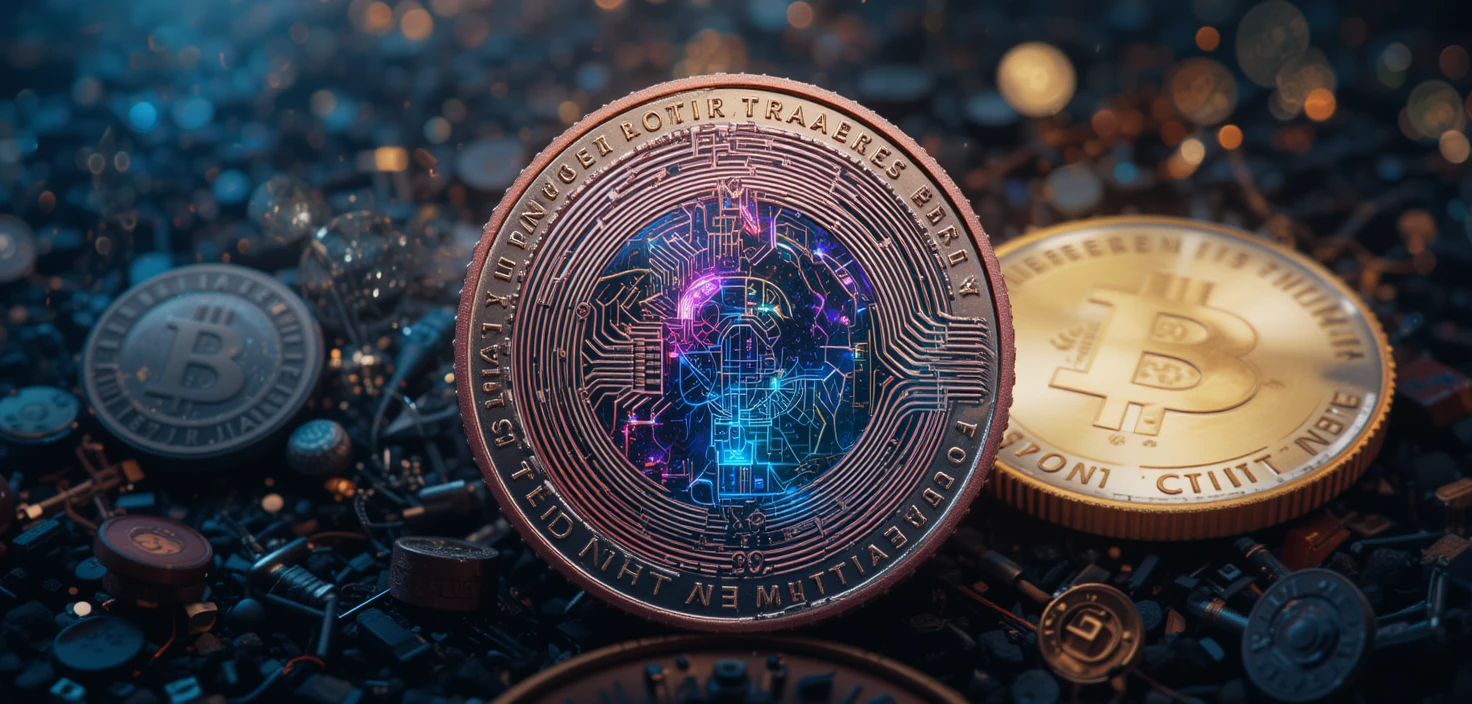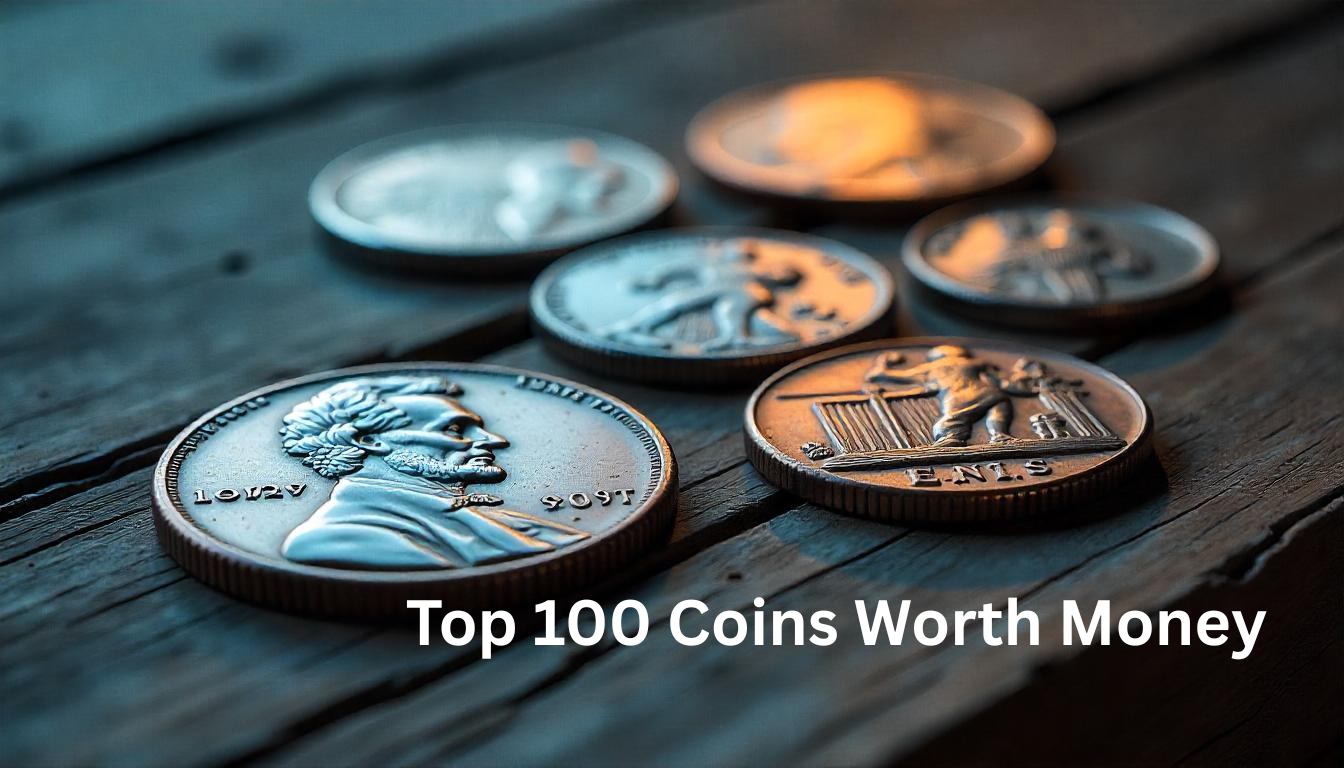Cryptocurrency has taken the financial world by storm, with new innovations emerging regularly. One term that often comes up in the world of blockchain technology is “minting.” If you’ve ever wondered, what is minting in crypto, you’re in the right place to uncover everything you need to know about this intriguing process. In this blog post, we’ll dive deep into the concept of minting, its role in the crypto ecosystem, and why it matters for both investors and the broader blockchain community.
What is Minting in Crypto?
At its core, minting in crypto refers to the creation of new coins or tokens on a blockchain. Similar to how governments mint physical money, the minting process in the world of digital assets is about generating new units of cryptocurrency. In many cases, minting is a necessary step in keeping the blockchain’s economy running and ensuring that the network remains secure, decentralized, and functional.
When you ask, what is minting in crypto, it’s important to distinguish it from the concept of mining. While mining typically refers to the process of verifying transactions and securing the network (like with Bitcoin), minting is specifically about creating new tokens or coins from scratch, often associated with Proof of Stake (PoS) systems or certain types of blockchain-based assets, such as NFTs (Non-Fungible Tokens).
The Role of Minting in Blockchain Technology
Blockchain technology relies on a decentralized network of computers to ensure transactions are transparent, secure, and immutable. Minting plays a crucial role in this process by creating new coins or tokens for various purposes, such as transactions, staking, or governance.
- Creation of New Coins: Minting creates new units of cryptocurrency, which the network typically issues to users who participate in the consensus process, like staking or validating transactions.
- Network Security: In Proof of Stake (PoS) blockchains, minting secures the network by rewarding users who hold and lock their crypto tokens in staking.
- Incentivizing Participation: Minting new coins encourages users to participate in securing the blockchain through staking, governance voting, or other mechanisms.
- Supporting Token Ecosystems: Minting also creates tokens that power decentralized applications (dApps) or NFTs, expanding the potential use cases for cryptocurrencies.
How Does Minting Work?
Now that we’ve covered the basics of minting in crypto, let’s take a look at how minting works. While the specific process varies depending on the blockchain, the general idea stays the same: minting generates new digital assets.

In a Proof of Stake (PoS) system, minting creates new coins when a validator forms a new block and adds it to the blockchain. Validators participate in the consensus process by locking up a certain amount of cryptocurrency as collateral. The more cryptocurrency they lock, the higher their chances of being selected to create a new block. Once a validator is chosen, they mint new coins as part of their reward for securing the network.
For example, in Ethereum 2.0’s PoS model, users who stake their ETH receive new ETH tokens as part of the minting process. This contrasts with traditional Proof of Work (PoW) mining, where miners compete to solve complex mathematical puzzles to validate transactions and secure the network.
Types of Minting in Crypto
Understanding what is minting in crypto also means exploring the different types of minting processes used by various blockchain networks. Here are a few of the most common:
Proof of Work (PoW) Mining:
This is the traditional form of minting seen in Bitcoin and other PoW cryptocurrencies. In PoW, miners use computational power to solve complex mathematical problems and validate transactions. The reward for successfully validating a block is the creation (minting) of new coins.
Proof of Stake (PoS) Minting:
In PoS systems, validators lock up a certain amount of cryptocurrency to participate in the network. The system then selects these validators to create new blocks, and they earn newly minted coins as a reward. Examples of PoS-based minting include Ethereum 2.0 and Cardano.
Minting NFTs (Non-Fungible Tokens):
Minting isn’t limited to cryptocurrencies like Bitcoin or Ethereum. It also applies to the creation of NFTs, which are unique digital assets that represent ownership of a specific item, artwork, or collectible. Artists, creators, and developers mint NFTs to sell or trade on various platforms like OpenSea or Rarible.
Delegated Proof of Stake (DPoS) Minting:
In DPoS, the minting process is similar to PoS, but with a twist. Instead of allowing anyone who stakes their coins to validate blocks, token holders vote for a small group of delegates who are then responsible for creating new blocks and minting coins.
Why Is Minting Important?
Minting plays a critical role in the cryptocurrency ecosystem. Here’s why:
- Economic Model: It helps define the economic model of a cryptocurrency by controlling the supply and distribution of new tokens or coins.
- Network Security: Through minting, new coins or tokens are issued to validators or miners as rewards for their role in securing the network. This ensures that participants have an incentive to continue supporting the blockchain.
- Sustainability of Blockchain Projects: By regularly minting new coins or tokens, blockchains can sustain their ecosystems, incentivize participation, and fund future development. It’s a way to keep the blockchain’s economy flowing and support the growth of decentralized networks.
- Increased Token Utility: Minting allows new tokens to be put into circulation, increasing their availability and encouraging adoption. For example, minting is key in the launch and growth of DeFi (Decentralized Finance) protocols, where tokens are essential for lending, borrowing, and trading.
Common Myths About Minting in Crypto
While what is minting in crypto seems like a straightforward concept, several misconceptions exist about the process. Here are a few myths debunked:
- Minting is Only for Miners: Not true! While miners do mint new coins in PoW systems, validators in PoS systems also mint new coins as part of the staking process. Minting isn’t limited to just cryptocurrencies; NFTs and other blockchain assets are minted too.
- Minting is the Same as Mining: Though both processes involve creating new coins, they are not the same. Mining involves solving complex problems to validate transactions, whereas minting in PoS involves the creation of new tokens or coins as rewards for participating in the network’s consensus mechanism.
- Minting is a Quick Process: Minting is often a long-term process that depends on the blockchain’s protocol. In PoS, minting can take weeks or months for users to accumulate enough rewards, while in PoW, it can take significant computational power and time to mint new coins.
How to Get Involved in Minting Crypto
If you’re interested in participating in minting, there are a few ways to get started, depending on the blockchain you’re interested in.

- Staking: To mint on a PoS network like Ethereum 2.0, you can stake your tokens in the network and participate in the minting process as a validator. You’ll need to lock up a minimum amount of the cryptocurrency (for Ethereum 2.0, that’s 32 ETH) to become a validator.
- Mining: For PoW networks like Bitcoin, you’ll need specialized hardware and software to mine new coins. However, keep in mind that mining can be resource-intensive and requires a lot of computational power.
- Minting NFTs: If you’re an artist or creator, you can mint your own NFTs by creating digital assets and listing them on platforms like OpenSea or Rarible. Minting an NFT typically requires paying gas fees, which are transaction fees on the blockchain network.
Frequently Asked Questions
What is minting in crypto?
Minting in crypto refers to the process of creating new cryptocurrency coins or tokens. It’s similar to how a government mints physical currency, but in the blockchain world, minting happens digitally. Blockchain participants often mint new coins as a reward for taking part in the network, typically through mechanisms like Proof of Stake (PoS).
How is minting different from mining?
While both minting and mining involve creating new cryptocurrency, the methods differ. Mining refers to the process used in Proof of Work (PoW) systems, where miners solve complex mathematical problems to validate transactions.
Is minting only used for cryptocurrencies?
No, minting is not limited to cryptocurrencies. It also applies to creating Non-Fungible Tokens (NFTs), which are unique digital assets that represent ownership of items like artwork, music, or collectibles. Creators mint these assets on blockchain networks, allowing them to tokenize their work.
How does minting work in Proof of Stake systems?
In Proof of Stake (PoS) systems, minting occurs when validators lock up a certain amount of cryptocurrency in the network to participate in creating new blocks. The network selects validators based on the amount they’ve staked, and in return, they receive newly minted coins as rewards for securing the network and validating transactions.
Can anyone participate in minting?
In many PoS systems, anyone can participate in minting by staking a certain amount of cryptocurrency. For example, to become a validator on the Ethereum 2.0 network, you need to stake 32 ETH. However, the process of minting can vary depending on the blockchain, with some systems allowing smaller participants to join through staking pools.
What is the advantage of minting over traditional mining?
Minting offers several advantages over traditional mining, especially in terms of energy consumption. Mining, particularly in Proof of Work systems, requires significant computational power, leading to high energy usage. In contrast, minting in PoS systems is more energy-efficient since it doesn’t rely on solving complex computational puzzles, making it more environmentally friendly.
What are the risks associated with minting?
Minting involves risks such as potential loss of staked funds if the validator misbehaves or fails to properly secure the network. Additionally, minting rewards can vary depending on network conditions, and there may be technical risks if the blockchain experiences security issues. It’s also possible to lose money due to fluctuating cryptocurrency prices.
Conclusion
Now that you know what is minting in crypto, it’s clear that minting is an essential part of the cryptocurrency ecosystem. Whether it’s creating new coins, securing the network, or powering decentralized applications, minting plays a critical role in maintaining the integrity and functionality of blockchain systems. By understanding this process, you can make informed decisions about your investments, participation in staking, or even the creation of your own digital assets.
If you’re ready to dive into the world of cryptocurrency and minting, start by learning about PoS systems, staking, or mining, and explore platforms for NFT creation. As you gain experience, you can begin to take part in minting new coins or tokens and harness the full potential of blockchain technology.






